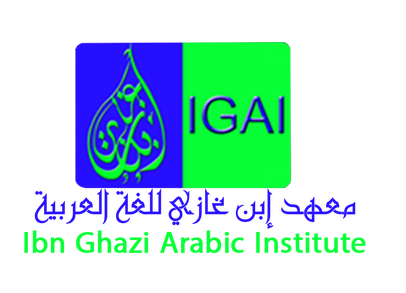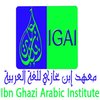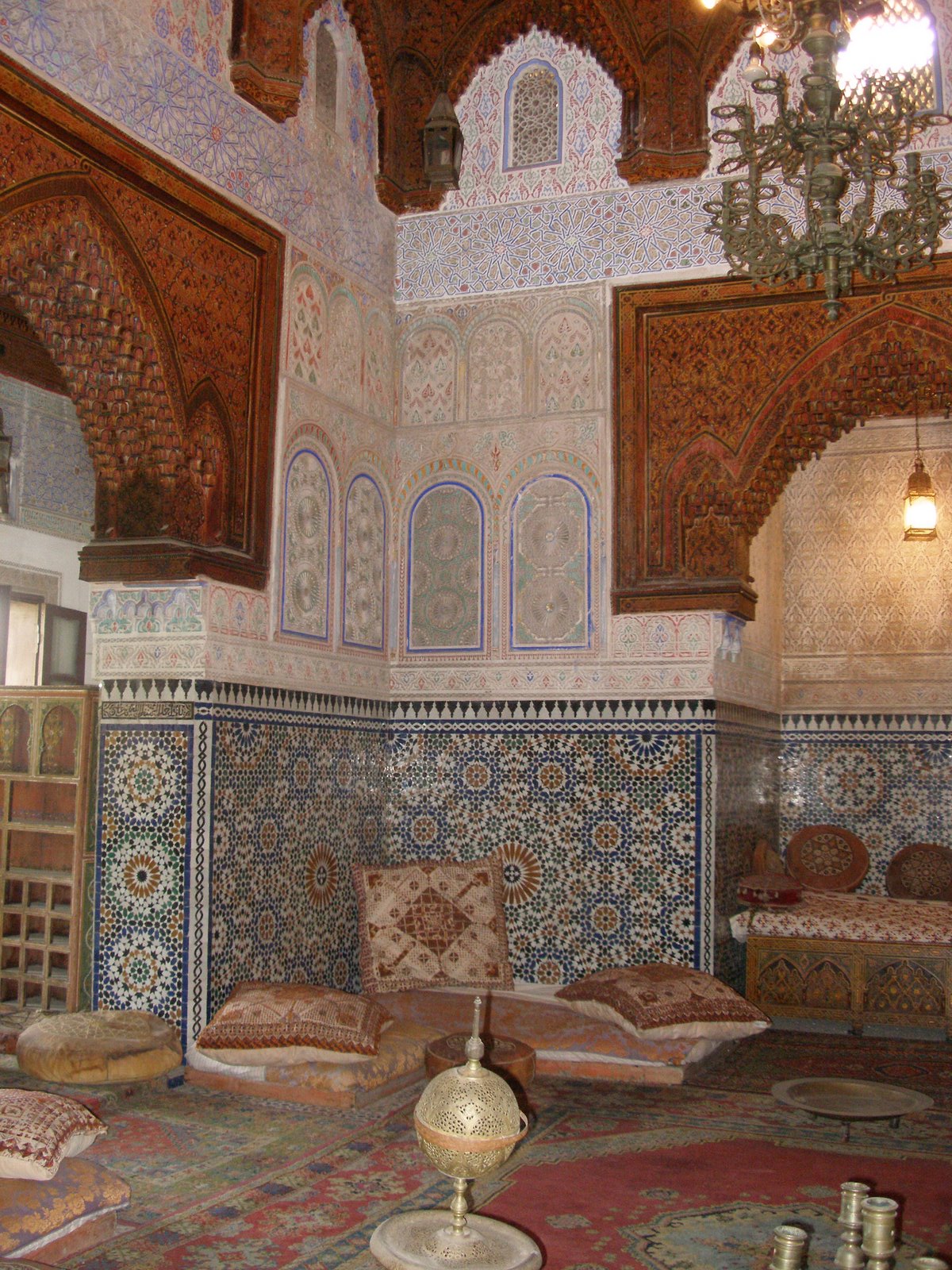- Geometry
In addition to its primary function to solve mathematical problems, geometry can be used to create beautiful designs. Working with different geometric shapes allows Moroccan artists to produce an endless variety of patterns which can be limited only by the artist’s imagination. These patterns typify the Islamic art’s interests in repetition, symmetry and continuous reproduction of various motifs. Skillful Moroccan designers often integrate geometric designs with optical effects such as the balancing of positive and negative areas and the adroit use of colors.
- Calligraphy
Calligraphy is deemed to be one of the most important elements of the Islamic and Moroccan art because of its focus on recording the name of Allah. The inscriptions are in Arabic, which might be a verse from the Qur’an, lines of poetry or names and dates. Calligraphy is mostly used to embellish mosques, palaces, houses, businesses and some public places. Calligraphy is directly related to Geometry as the proportions of the letters tend to be governed by mathematics. There are many styles of calligraphy which include but not limited to neskhi, thulthi, roqa, diwani, farsi, kufi, ijaza, maghribi. The most used among those in plaster decoration are kufi and maghrib.
- Floral patterns
Flowers and trees might be used as motifs to decorate textiles, objects and buildings.



Leave A Comment